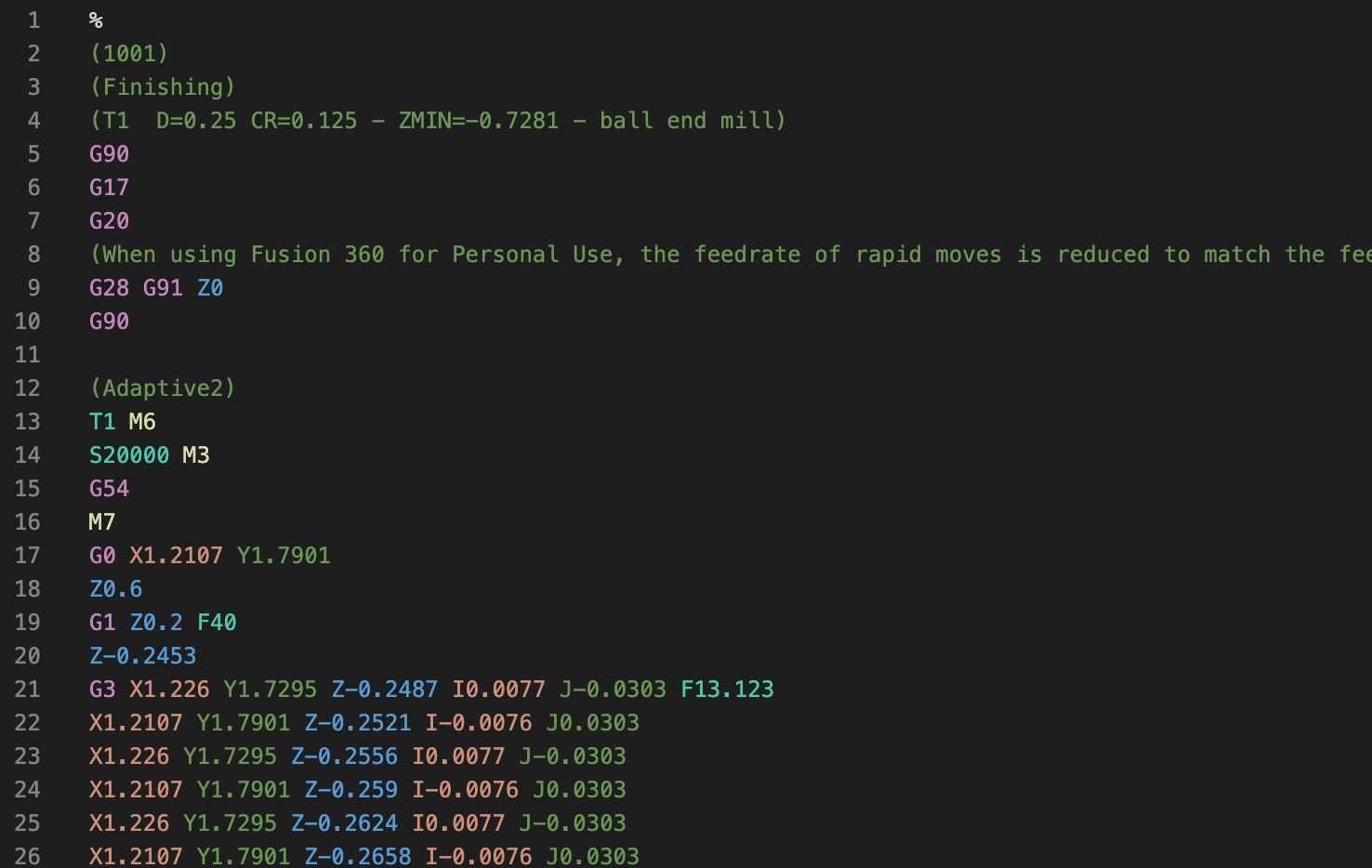

 Make it - Output for 3D printing or deliver your project to fabrication services. Get content - Select from a wide variety of free models to start, add details, complete, or visualize your project. Shape it - Change a simple shape into something more interesting using smart tools, such as dynamic push-pull, smart patterning, symmetry, shelling, and edge tweaking. Create it - Quickly model your project with precision, so it can be ready for fabrication. If you are looking for alternatives, we recommend you to download Fusion 360, ReCap Pro or Meshmixer. ⚠ Note: This product is not developed anymore and might not function properly. Enable users of 123D to create physical objects from their designs using 3D printing technology. Very useful and amazing program for all 2D/3D artists and engineers. What is the right bend radius for sheet metal?īelow is Xometry’s minimum bend radius reference table which is based on theoretical sheet metal gauge thicknesses.With Autodesk 123D Design 64 bit you can easily and quickly create detailed 2D or 3D models directly on your Windows PC.
Make it - Output for 3D printing or deliver your project to fabrication services. Get content - Select from a wide variety of free models to start, add details, complete, or visualize your project. Shape it - Change a simple shape into something more interesting using smart tools, such as dynamic push-pull, smart patterning, symmetry, shelling, and edge tweaking. Create it - Quickly model your project with precision, so it can be ready for fabrication. If you are looking for alternatives, we recommend you to download Fusion 360, ReCap Pro or Meshmixer. ⚠ Note: This product is not developed anymore and might not function properly. Enable users of 123D to create physical objects from their designs using 3D printing technology. Very useful and amazing program for all 2D/3D artists and engineers. What is the right bend radius for sheet metal?īelow is Xometry’s minimum bend radius reference table which is based on theoretical sheet metal gauge thicknesses.With Autodesk 123D Design 64 bit you can easily and quickly create detailed 2D or 3D models directly on your Windows PC. 
For example, if the thickness of the sheet is 2mm, the minimum bend radius should be 1t which is 2mm.

The bend’s outer edge would crack if it exceeds the minimum bend radius which is typically specified according to the metal sheet thickness (t) like 1t, 2t, 3t etc.Ī typical recommendation is 1t for all sheet metal parts, which means the smallest bend radius should be at least equal to the sheet thickness. Moreover, bending imparts much strength to the sheet metal compared to their flatter counterparts.įor example, an aluminium sheet bent into a V cross section will be much stiffer and stronger than the same flat sheet.īending a metal sheet usually comes with a set of calculations and design requirements. In sheet metal fabrication, curving sheets according to a specific bend radius is one of the most common operations used to create flanges, curls, seams etc.








 0 kommentar(er)
0 kommentar(er)
